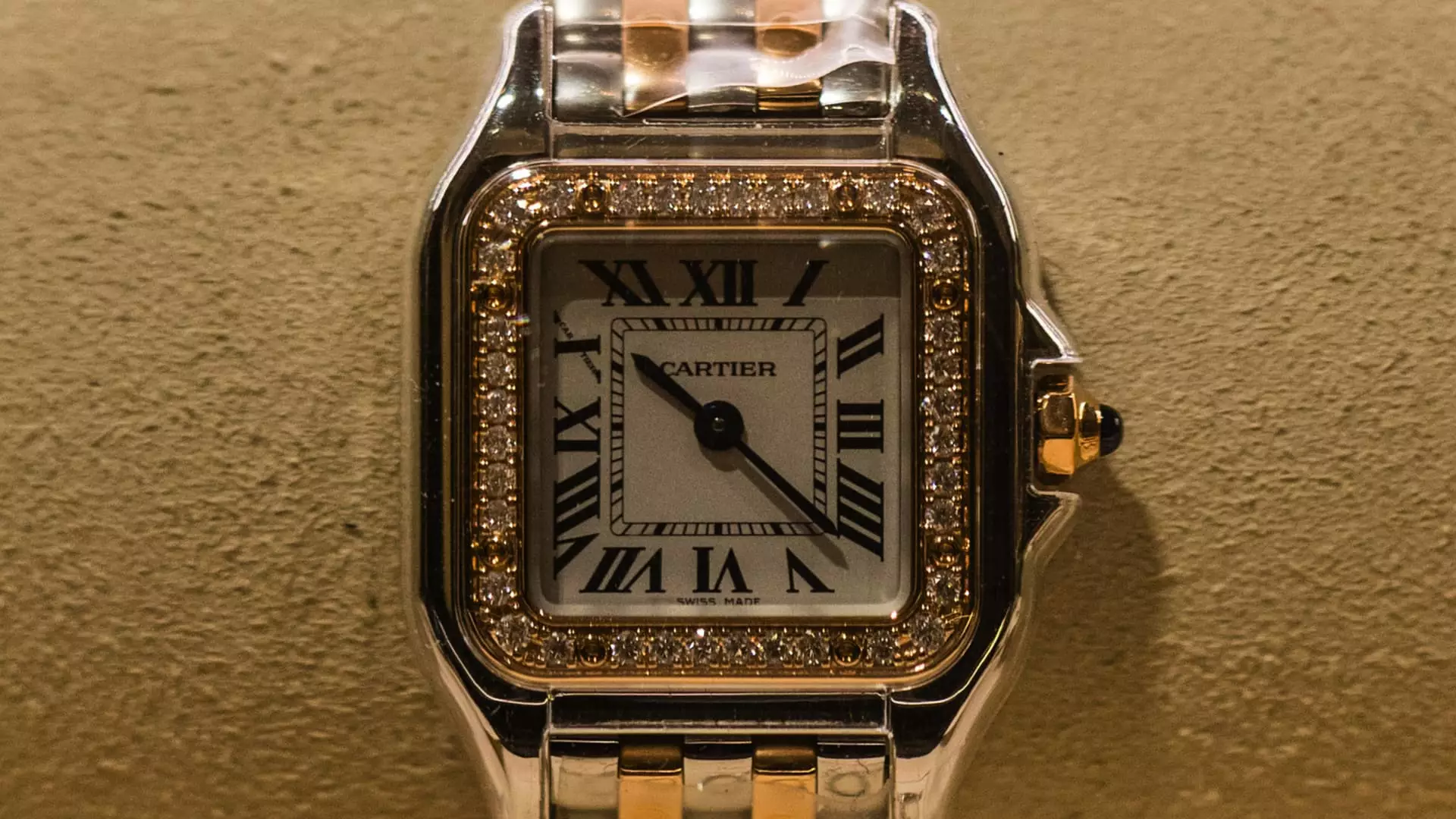In a world overshadowed by economic uncertainty, Richemont’s latest financial performance feels like a breath of fresh air—an assertion of resilience from a luxury titan. The owner of Cartier reported impressive fourth-quarter sales of €5.17 billion, surpassing analysts’ expectations and showcasing the enduring desire for luxury amidst fluctuating global markets. This remarkable growth, marked by an annual rise of 7%, reflects not just a fleeting trend but a dynamic shift in consumer behavior among the wealthiest demographic. They appear to remain largely unfazed by the surrounding turmoil, choosing to indulge in opulence rather than tightening their purse strings.
A Glimmer of Growth in a Dimming Landscape
The data speaks volumes about the shifting landscape of luxury consumption. The standout performance in Richemont’s Jewellery Maisons division, comprising iconic brands like Cartier and Van Cleef & Arpels, suggests a new awakening in high-end luxury aspirations, particularly among affluent buyers looking for value and exclusivity. Meanwhile, declines in the specialist watchmakers segment underline the complexities and challenges within certain market areas, especially in the Asia-Pacific region. A staggering 23% drop in Chinese demand cannot be ignored—it’s a signal that while some sectors thrive, others wrestle with steep challenges, beckoning a nuanced understanding of the broader market.
Japan Shines Bright Amidst Client Disparities
Interestingly, Japan has emerged as a beacon of growth, augmenting its sales by 25% aided by domestic spending and an influx of tourists, thanks in part to the weakened yen. This geographical disparity in sales illustrates a fragmented luxury market, where certain regions bask in prosperity while others face decline. It’s a clarion call for luxury brands to recalibrate their strategies. Should they focus on cushioning themselves against downturns in less favorable markets, or should they double down in regions that promise growth?
The Price of Luxury: A Double-Edged Sword
Faced with multiple challenges, including volatile gold prices and looming U.S. tariffs, Richemont’s pricing power stands out as a potential lifeline. The financial analysts at BofA Global Research highlighted that smart pricing strategies could mitigate these headwinds by enhancing profit margins. In a marketplace where consumer sentiment is fickle, the ability to control prices can make all the difference. Pricing, product mix, and increased capacity utilization might just empower brands to navigate this tempestuous landscape effectively.
The Human Element in Luxury Consumption
Richemont’s Chairman, Johann Rupert, sent mixed signals with his acknowledgment of global uncertainties while highlighting the company’s robust growth. This paradox underscores the delicate balance luxury brands must maintain—exuding confidence while also remaining vigilant and responsive to changing market conditions. As consumers navigate an increasingly complex world, their desire for luxury will persist; however, this does not negate the need for authenticity, personalization, and deeper connections in brand storytelling.
In a time when many industries falter, Richemont’s performance can be seen as a provocative commentary on the resilience of luxury. It is an indication that even amid chaos, the allure of high fashion and top-tier craftsmanship remains unyielding, inviting a closer examination of what luxury signifies in contemporary society.

